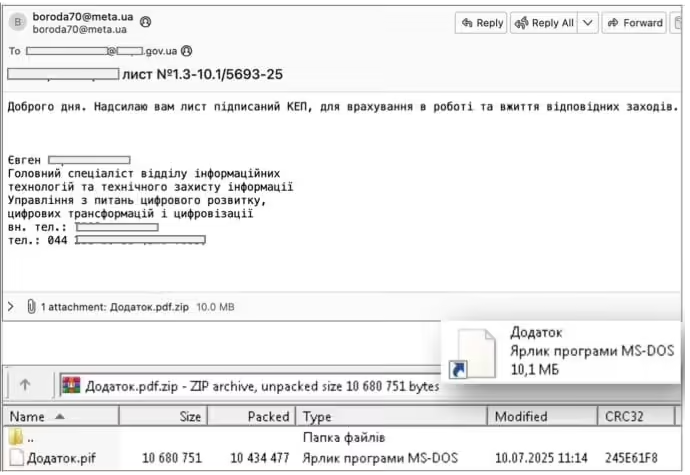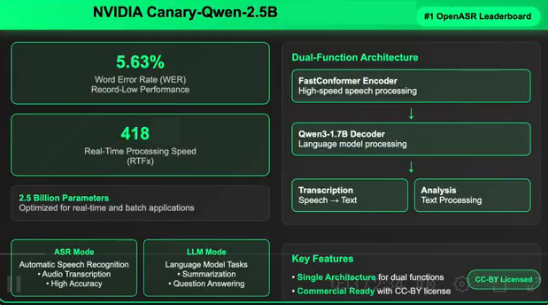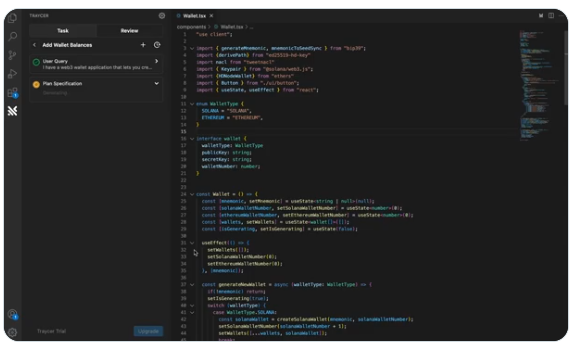A groundbreaking advancement in AI-powered web data extraction has emerged. AIbase, citing social media reports, announces the official release of Firecrawl's new AI data extraction tool, FIRE-1, on April 15, 2025. This tool not only extracts static webpage content but also boasts intelligent web interaction capabilities, performing actions such as clicking buttons, filling out forms, and handling modal windows to delve into data hidden behind dynamic interactions. This innovation marks Firecrawl's transition from a traditional scraping tool to an intelligent, automated solution. Below is AIbase's in-depth analysis of FIRE-1, exploring its key features, applications, and industry impact.

FIRE-1's Arrival: Intelligent Interaction Reshapes Data Extraction
FIRE-1, launched during Firecrawl's Launch Week III, is the company's first Web Action Agent, designed to overcome the limitations of traditional web scraping tools when handling dynamic content. AIbase understands that FIRE-1 combines natural language processing and AI-driven browser automation to understand complex website structures, automatically execute user-specified interaction tasks, and extract target data. Social media feedback reveals that developers praise FIRE-1's autonomous navigation and dynamic data extraction capabilities, calling it a "game-changer" for data scraping.
Unlike traditional tools (like BeautifulSoup or Scrapy), FIRE-1 eliminates the need for manually writing complex CSS selectors or XPath rules. Users simply provide clear natural language instructions (e.g., "Extract user profiles after clicking the login button") to complete the entire process from navigation to data extraction. AIbase believes this intelligent design significantly lowers the technical barrier, providing an efficient solution for AI developers, data scientists, and enterprise users.
Core Functionality: Dynamic Interaction and Precise Extraction
FIRE-1's innovative features make it unique in the web data extraction field. Here are its main highlights:
Intelligent Web Interaction: Supports clicking buttons, filling forms, handling modal windows, scrolling pages, and accessing data hidden behind interactive elements (like login pages or pop-ups). For example, FIRE-1 can automatically log into websites and click "Load More" buttons to retrieve complete content.
Autonomous Navigation: Using natural language prompts, FIRE-1 intelligently parses website structures and automatically performs multi-step navigation tasks, such as "Go to the product page, click the specifications tab, and extract the parameter table."
Dynamic Content Handling: For JavaScript-rendered single-page applications (SPAs) and dynamically loaded content, FIRE-1 uses Smart Wait technology to ensure complete data loading, significantly improving extraction reliability.
Structured Data Output: Supports converting extracted data into Markdown, JSON, or custom structured formats, directly adapting to Large Language Model (LLM) applications and reducing post-processing workload.
Large-Scale Scraping Support: Using batch scraping and asynchronous endpoints, FIRE-1 can simultaneously process thousands of URLs, suitable for large-scale data collection tasks.
AIbase notes that developers have already shared real-world examples of FIRE-1 on social media, such as using the instruction "Log in to the e-commerce website, click the filter criteria, and extract product prices" to quickly generate a structured CSV file in just minutes. This efficiency and flexibility make FIRE-1 ideal for complex data extraction scenarios.
Technical Advantages: AI-Driven Automation and Reliability
FIRE-1's superior performance stems from its underlying technological innovations. AIbase analysis reveals its core architecture integrates the following elements:
AI-Driven Semantic Understanding: FIRE-1 uses natural language processing to parse user instructions and dynamically generate interaction strategies, eliminating the need for hard-coded rules. The official blog states its semantic scraping capability is 50 times faster than traditional tools, saving 2/3 of LLM token consumption.
Browser Automation: Based on Playwright and Fire-engine (Firecrawl's proprietary scraping engine), FIRE-1 simulates real user behavior, bypasses anti-scraping mechanisms (like CAPTCHAs), and supports mobile device simulation to extract mobile-specific content.
Open Source and Extensibility: FIRE-1 inherits Firecrawl's open-source tradition, hosted on GitHub. Developers can customize scraping workflows through Python/Node.js SDKs or Zapier integration. Social media feedback shows the community highly appreciates FIRE-1's rapid iteration (such as Node SDK type support).
AIbase learned from Firecrawl's documentation that FIRE-1 integrates with LLM clients like Cursor and Claude via the Model Context Protocol (MCP) server, supporting real-time data extraction and in-depth research tasks. For example, developers can use the MCP instruction "Search for carbon capture technology and extract the latest progress" to obtain a structured report.
Industry Applications: From AI Training to Business Intelligence
FIRE-1's intelligent interaction capabilities open up a wide range of applications. AIbase has compiled the following main uses:
AI Model Training: FIRE-1 can scrape high-quality web data (such as technical documentation and forum discussions) to generate LLM-ready Markdown or JSON, aiding model pre-training or fine-tuning. For example, Athena Intelligence uses Firecrawl to provide real-time data for its enterprise analytics platform.
Market and Competitive Intelligence: Businesses can use FIRE-1 to monitor competitor websites, extract price, product updates, or promotional information, and ensure data accuracy with dynamic content support.
Content Aggregation: News organizations and content creators can use FIRE-1 to scrape articles, comments, or multimedia content from multiple sources, generating structured datasets for analysis or republication (subject to copyright compliance).
Automated Workflows: By integrating with LangChain, Streamlit, or Google Sheets, FIRE-1 can be embedded in no-code platforms to automate report or dashboard generation. For instance, developers have built a GitHub trend monitoring tool based on FIRE-1 that provides real-time notifications to Slack.
Social media cases show a marketing team used FIRE-1 to extract contact information from industry directories. After generating a CSV file, they directly imported it into their CRM, saving 80% of manual work time. AIbase believes FIRE-1's versatility has enormous potential in the AI-driven business intelligence field.
Industry Impact: Redefining Web Data Extraction
The release of FIRE-1 solidifies Firecrawl's leading position in the AI data extraction market. AIbase observes that compared to Apify (an enterprise-level scraping platform) or ScrapeGraph AI (focused on lightweight solutions), FIRE-1 distinguishes itself with intelligent interaction and an open-source ecosystem, filling the gap in dynamic data extraction. Official data shows Firecrawl's GitHub repository surpassed 17,000 stars within two months, demonstrating its community influence.
For businesses, the free plan (500-page quota) and flexible pricing (standard plan $83/month, supporting 100,000 pages) lower the barrier to entry. AIbase predicts FIRE-1 will drive the adoption of AI agents and automated data pipelines, especially in e-commerce, research, and marketing. However, some users mention that FIRE-1 still has room for optimization when handling very large websites (like Amazon's entire site) or complex searches (like filtering by time).
Challenges and Outlook: Continuous Iteration and Ethical Considerations
Despite FIRE-1's powerful capabilities, AIbase noticed some user feedback on social media. For example, CAPTCHA handling and anti-scraping mechanisms can cause extraction failures, and Firecrawl is developing more advanced CAPTCHA solutions. Furthermore, data privacy and compliance are key challenges; users must ensure their scraping activities comply with website terms of service and local regulations.
Looking ahead, Firecrawl plans to enhance FIRE-1's multi-language extraction and complex interaction support and expand its autonomous research capabilities through the Deep Research API. AIbase speculates that FIRE-1 may integrate deeply with more AI frameworks (such as the OpenAI Agents SDK) to create end-to-end intelligent data solutions.
Conclusion: FIRE-1 Ushers in a New Era of Intelligent Scraping
Firecrawl's FIRE-1, with its intelligent interaction, autonomous navigation, and structured output capabilities, brings new vitality to web data extraction. From dynamic content extraction to automated workflows, it provides efficient and flexible tools for AI developers and businesses. AIbase believes that FIRE-1's open-source spirit and continuous iteration will democratize data extraction technology, facilitating the implementation of more innovative applications.
Documentation: https://docs.firecrawl.dev/agents/fire-1










